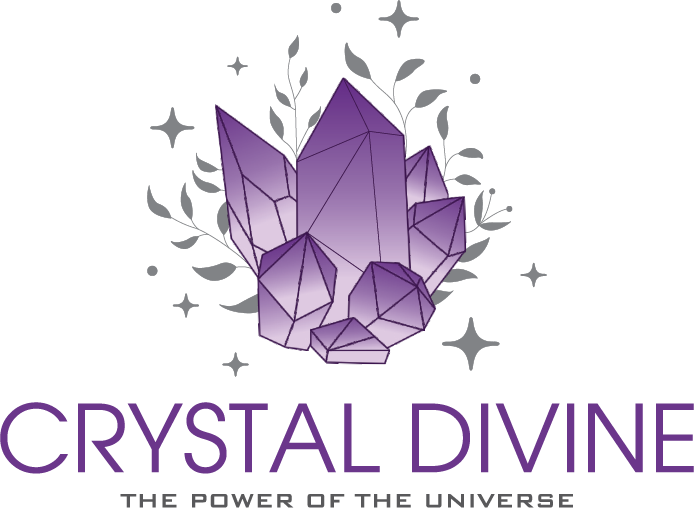Okenite Crystals
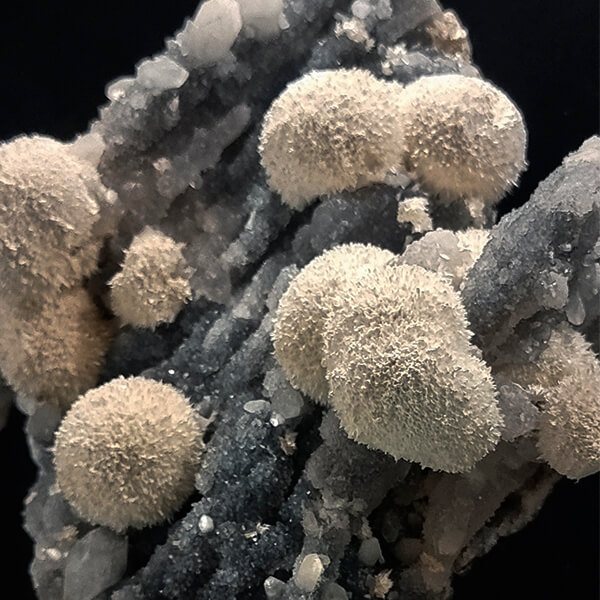
About Okenite crystals
Okenite (CaSi2O5·2H2O) is a silicate mineral that is usually associated with zeolites.
It most commonly is found as small white “cotton ball” formations within basalt geodes in the Deccan trap formation in India in the state of Maharashtra.
These formations are clusters of straight, radiating, fibrous crystals that are both bendable and fragile.
It was first described in 1828 for an occurrence at Disko Island, Greenland, and named for German naturalist Lorenz Oken (1779–1851).
Minerals associated with okenite include apophyllite, gyrolite, prehnite, chalcedony, goosecreekite, and many of the mother zeolites.
WARNING: Many colorful specimens of Okenite, said to be from China or India, are currently available for sale. These are fake. The bright colors are artificial dyes added to the okenite.
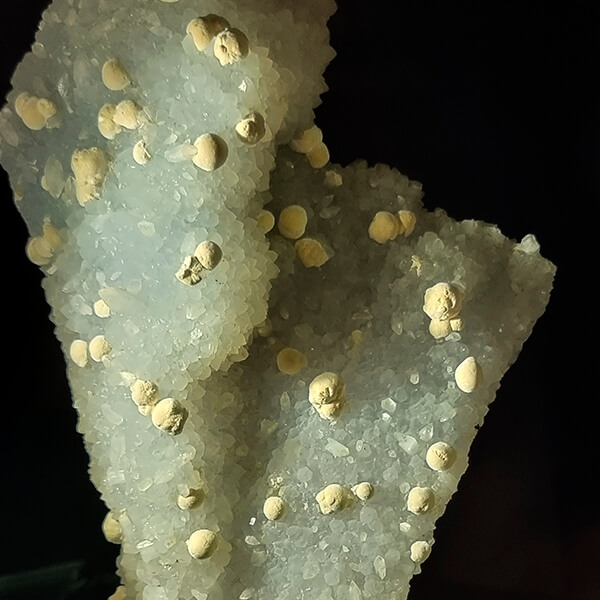

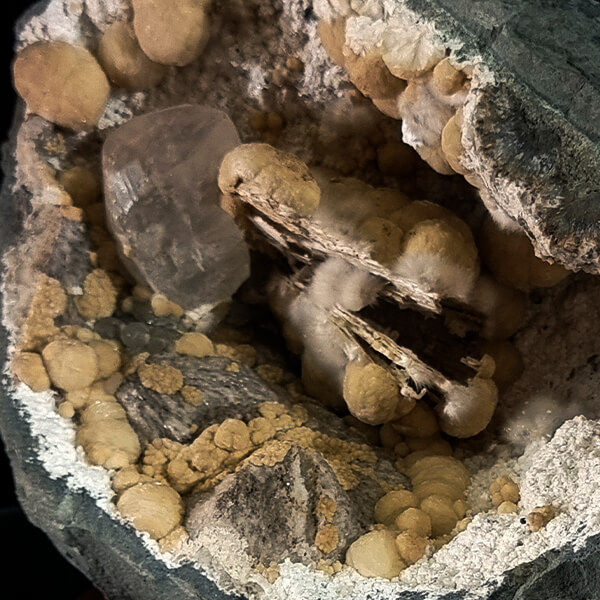
Contact us for Indian crystals
Thanks to our new joint venture with the Indian crystal dealer “Crystal Divine“, we can now source and provide those beautiful crystals for you and ship them directly from India to your doorstep. Contact us for more information and orders.
The Geology of the Indian Deccan Traps.
The Deccan Traps is one of the largest volcanic features on Earth. It consists of numerous layers of solidified flood basalt that together are more than about 2,000 meters (6,600 ft) thick. Today it covers an area of about 500,000 square kilometers (200,000 sq mi), and has a volume of about 1,000,000 cubic kilometres (200,000 cu mi).
The term trap is derived from the Swedish word for stairs (trapp) and refers to the step-like hills forming the landscape of the region. The name Deccan has Sanskrit origins meaning “southern”.
The Deccan Traps began forming 66.25 million years ago, at the end of the Cretaceous period, when lava began to extrude through fissures in the crust known as fissure eruptions. This series of eruptions may have lasted for less than 30,000 years.
The release of volcanic gases, particularly sulfur dioxide, during the formation of the traps may have contributed to climate change. An average drop in temperature of about 2 °C (3.6 °F) was recorded during this period.
Work published in 2014 by geologist Gerta Keller and others on the timing of the Deccan volcanism suggests the Cretaceous–Paleogene (K–Pg) extinction event may have been caused by both the volcanism at the Deccan traps and the Chicxulub impact event in North America, which would have produced a sunlight-blocking dust cloud that killed much of the plant life and reduced global temperature (this cooling is called an impact winter).
Do you want to know more about how you will benefit from our Crystal Wholesale Alerts?
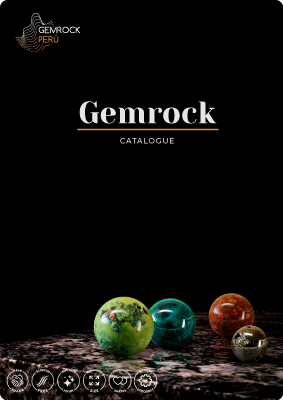
Is there anything you wish to know about:
Shipping cost and logistics, Payment options, Product quality, Packaging, Shipping damage, Refunds, etc. ?
Cutting services
Do you need reliable high-quality cutting services for a reasonable price? Are you looking for a service provider that is willing to develop new products according to your requirements? Would you like to get expert advice in order to improve your product? Do you wish for someone to optimize the process and get the most out of your rough? Just talk to us.
Get in Touch
+51 994104206
gemrockinternational@gmail.com

